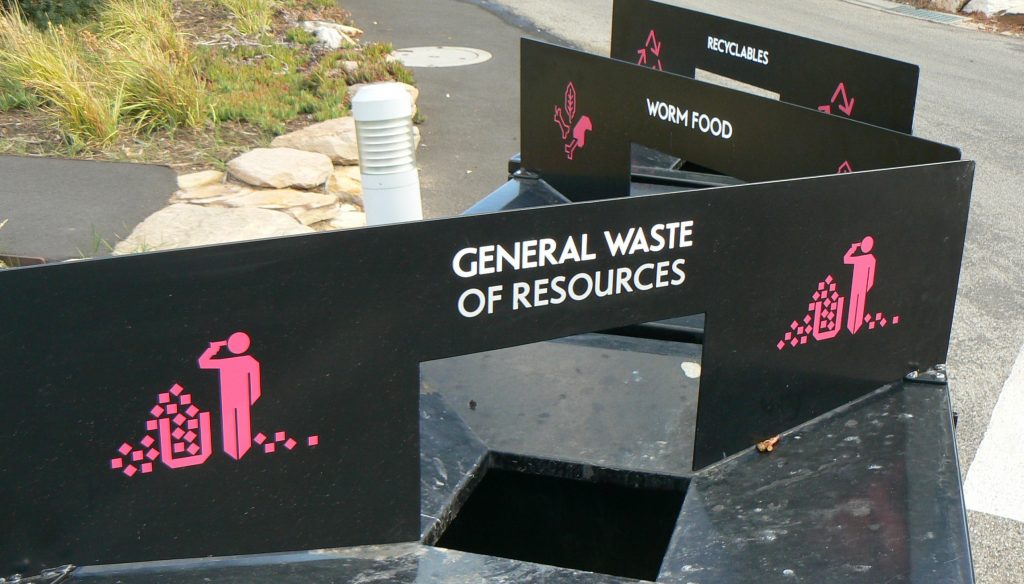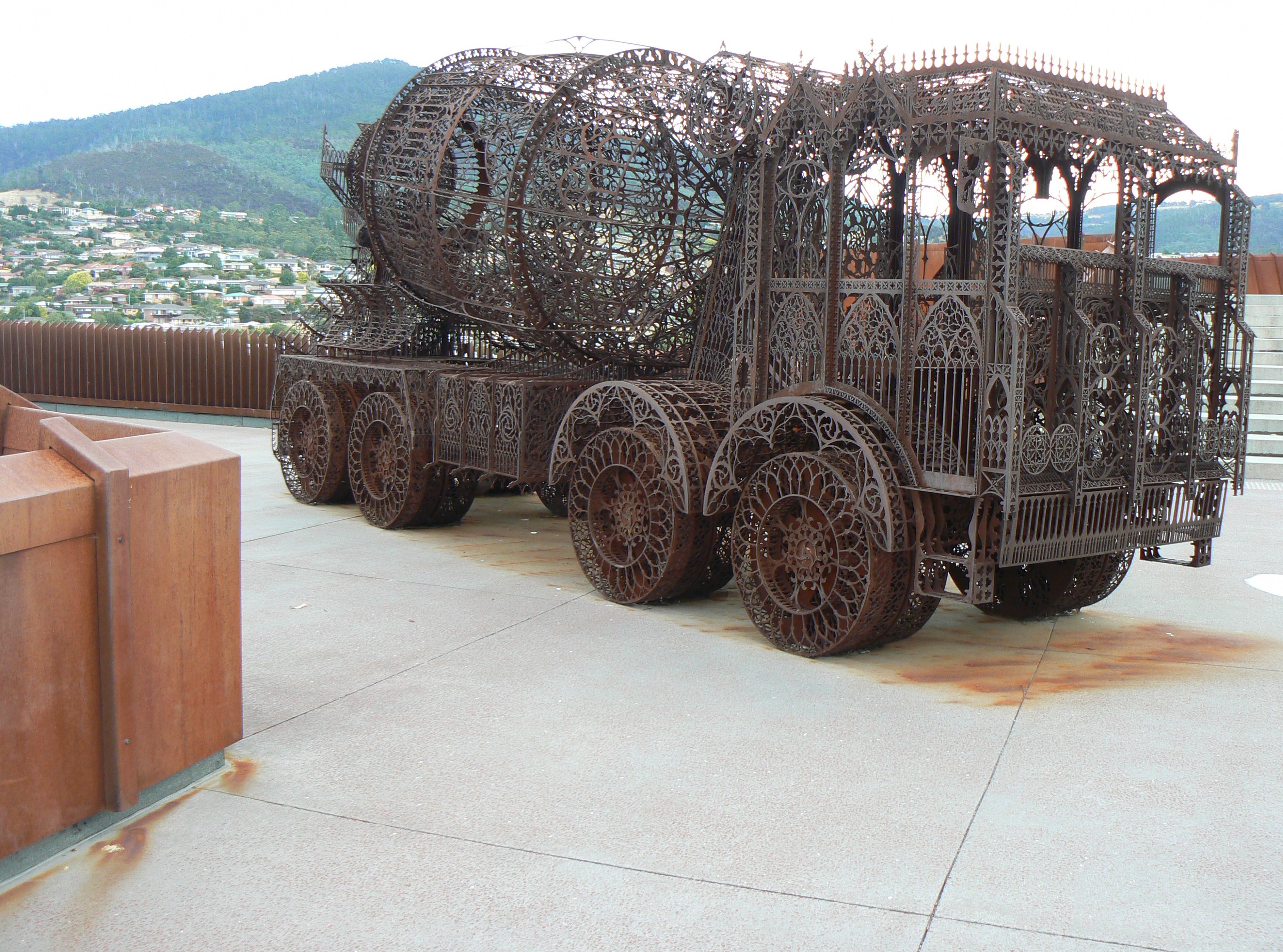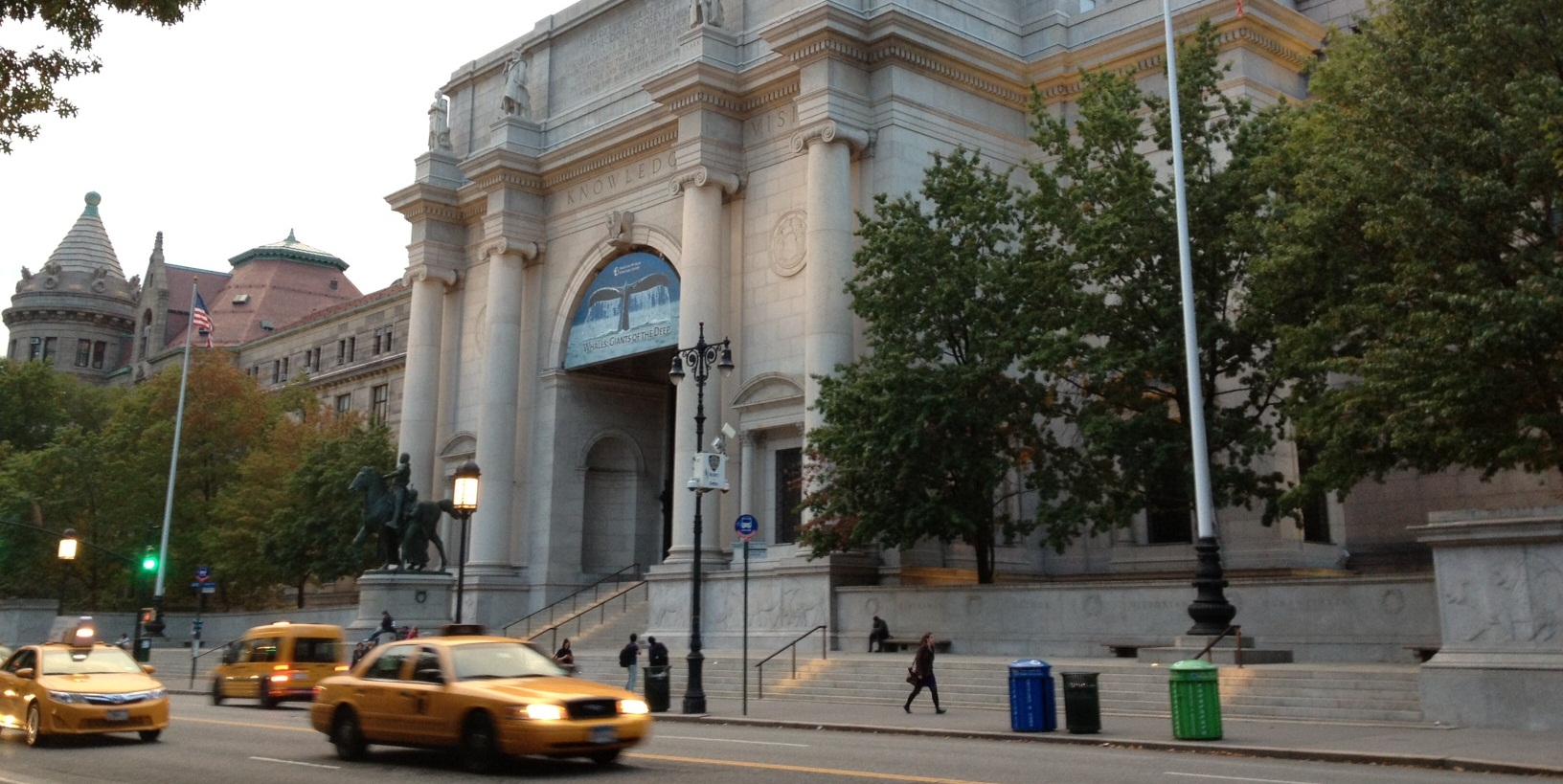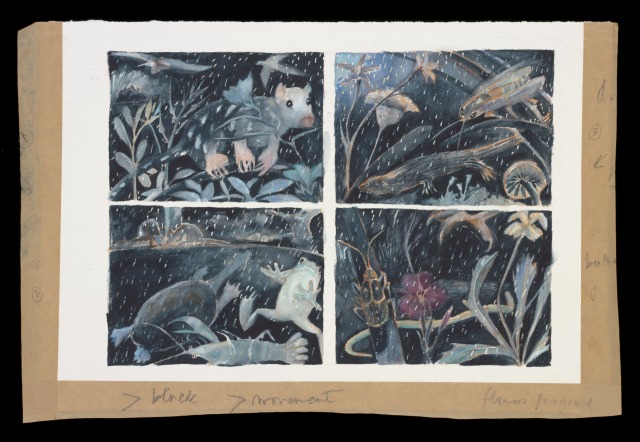Worms on the roof

Yesterday I visited MONA, the Museum of Old and New Art, on the banks of the Derwent River in Hobart, to meet with Reuben Parker-Greer. Reuben is employed by MONA to manage an inspiring initiative that helps local schools develop and maintain kitchen garden projects. MONA sits on the edge of a long established industrial and residential area, where fast-food outlets well outnumber community and school gardens. Moonah Primary School is one of the nearby schools that MONA supports, and also happens to be our Tasmanian partner school for the Food Stories project.
As we sat down, Reuben explained that he’d just left a meeting where staff were finalising plans to build a worm farm–with design input from local school kids–on the museum’s roof. On the roof? Yes, where it would be visible, he explained, thereby conveying the significance of the enterprise.
The commitment of MONA to local schools, and to worm farming, are only part of the institution’s careful focus on the place in which it dwells. Sculptures installed on the grounds, including a life-sized cement truck rendered in delicate and rusting iron lace, powerfully honour the area’s industrial heritage and contemporary reality.
 And visitors are invited to participate in an artful re-imagining of their own bodily and ecological interaction with the site and its surrounds, through their choices of rubbish disposal. Should they cast their wrappers into a bin marked ‘Recyclables’, or ‘Worm Food’, or ‘General Waste of Resources’? The latter is illustrated by an overflowing bin with a man discharging a pistol into his head. Confronting, but deeply engaged with the the daunting realities of global and local issues intersecting here, and everywhere. Empowering too, offering visitors choices, and understanding of their inextricable embeddedness in place.
And visitors are invited to participate in an artful re-imagining of their own bodily and ecological interaction with the site and its surrounds, through their choices of rubbish disposal. Should they cast their wrappers into a bin marked ‘Recyclables’, or ‘Worm Food’, or ‘General Waste of Resources’? The latter is illustrated by an overflowing bin with a man discharging a pistol into his head. Confronting, but deeply engaged with the the daunting realities of global and local issues intersecting here, and everywhere. Empowering too, offering visitors choices, and understanding of their inextricable embeddedness in place.



